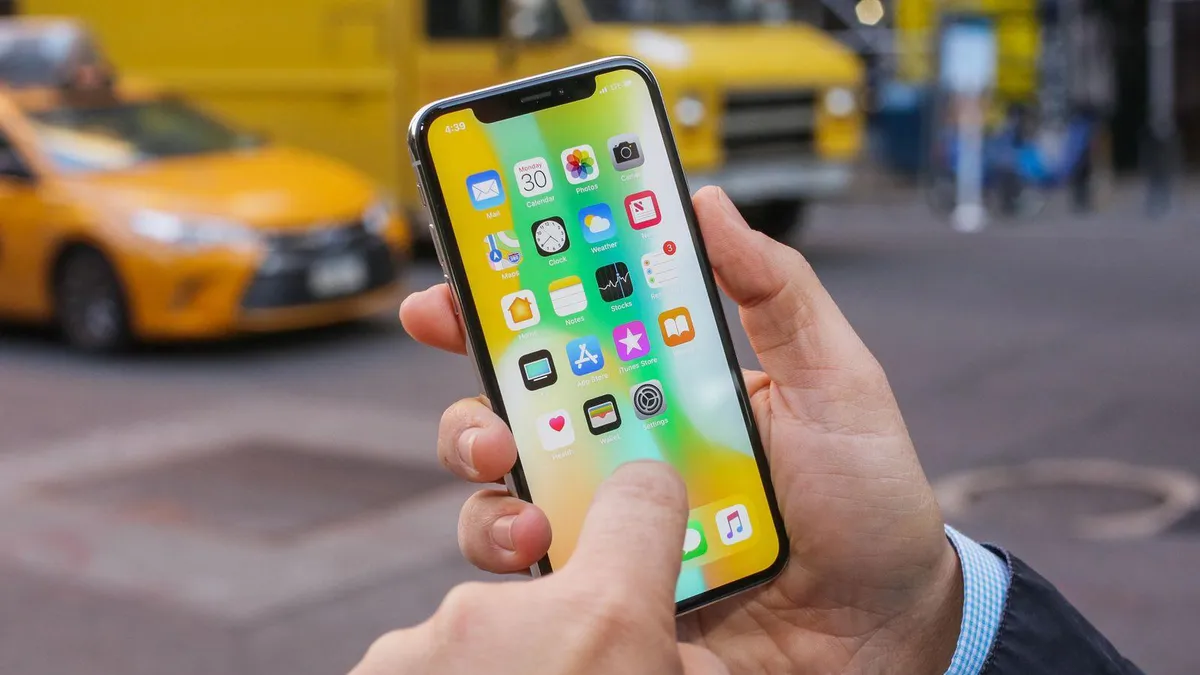On Tuesday, Apple is set to unveil its eagerly anticipated iPhone 15 lineup, amidst looming concerns about market access in China and fierce competition in the tech world. Apple, the world’s most valuable publicly listed company, is facing a pivotal moment.
In the past year, the iPhone contributed over half of Apple’s staggering $394.3 billion in sales. However, the company’s prospects in China, its third-largest market, have become increasingly uncertain.
The latest iPhones are anticipated to feature novel charging ports, robust titanium cases, and advanced camera technology. Their grand debut at Apple Park headquarters, scheduled for 10 a.m. PT (1700 GMT), coincides with the Chinese government’s expansion of certain restrictions on iPhone usage.
Furthermore, Apple is confronted by formidable competition from Huawei Technologies, its former top rival in China’s premium smartphone market until U.S. export controls crippled Huawei’s phone business in 2019. Just last week, Huawei introduced the Mate 60 Pro, a high-end smartphone powered by Chinese-made chips that some U.S. lawmakers believe may have violated U.S. trade restrictions.
Huawei aims to gain an edge over Apple with additional features like satellite calling, relying on China’s government-backed network. While Apple’s current iPhone lineup does include satellite capabilities, they are primarily intended for emergency use.
Apple’s focus on Tuesday will likely revolve around its new product lineup. The most significant change for most Apple users will be the shift from Apple’s proprietary “Lightning” charging cables to USB-C, a standard already in use on Apple’s laptops and select high-end iPads.
While European regulations have compelled this change, analysts anticipate Apple will market it as an upgrade, capitalizing on the faster data transfer speeds that enable high-quality video transfers from iPhones.
Analysts also anticipate the introduction of “periscope” camera technology, enhancing zoom capabilities without significantly enlarging the camera module. Additionally, titanium cases and upgraded chips are expected. The key question remains whether these features will be exclusive to a new top-end device or if smaller upgrades will also be made to the more affordable models.
Ben Bajarin, Chief Executive and Principal Analyst of Creative Strategies, suggests that the allure of the latest and greatest features may entice a broad range of customers, not just photography enthusiasts.
Apple is expected to increase its average phone price to bolster revenue, but it remains uncertain whether this will entail raising prices across the board or only for premium models. The global smartphone market has experienced a decline, with total phone shipments dropping from 294.5 million to 268 million in the second quarter. Apple’s shipment decline was the smallest among major smartphone manufacturers, dropping from 46.5 million to 45.3 million, according to Counterpoint Research.
Bob O’Donnell, Head of TECHnalysis Research, acknowledges the challenging smartphone market but also expresses interest in Apple’s potential plans for generative artificial intelligence. So far, Apple has provided few hints about its intentions in this area, despite continuous prodding from analysts. CEO Tim Cook’s remarks in July indicated that the company’s secretive work in this field has led to increased research spending.
As the world eagerly anticipates Apple’s iPhone 15 lineup, the tech giant faces both opportunities and challenges in a rapidly evolving market. Observers and enthusiasts will be watching closely to see how Apple navigates this critical juncture.



